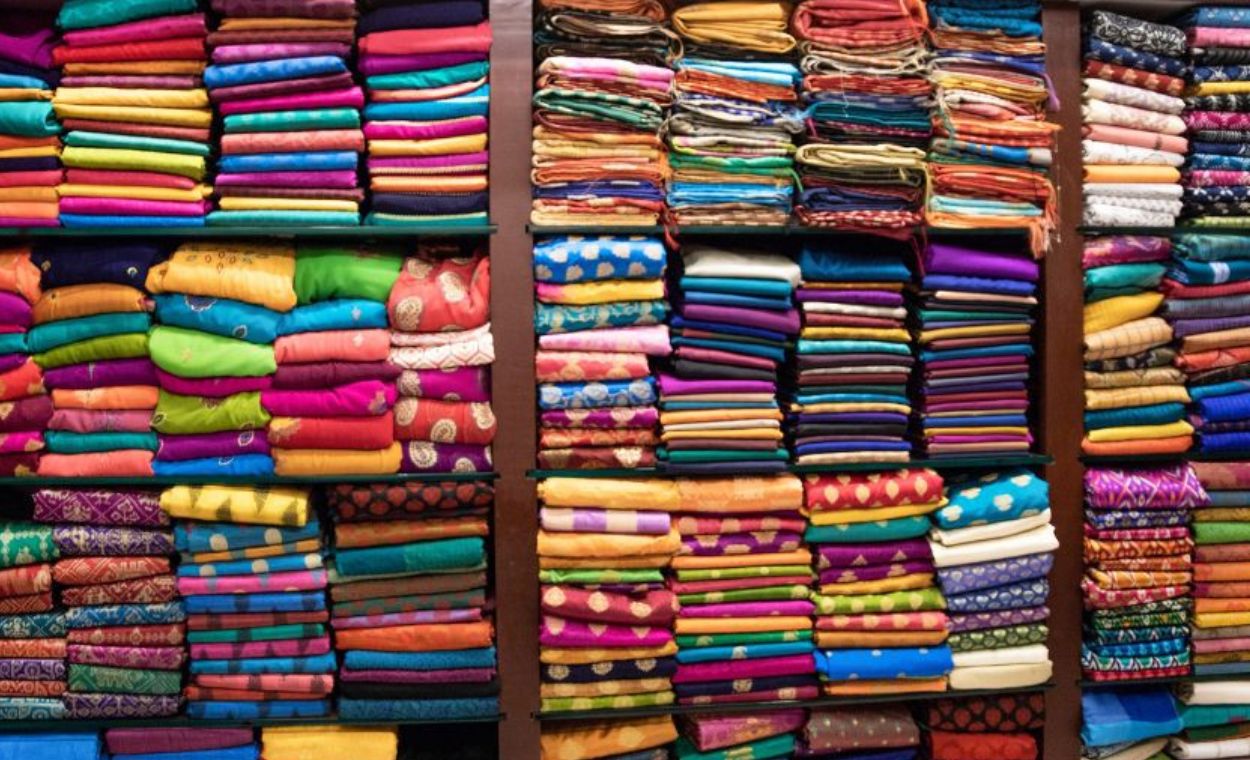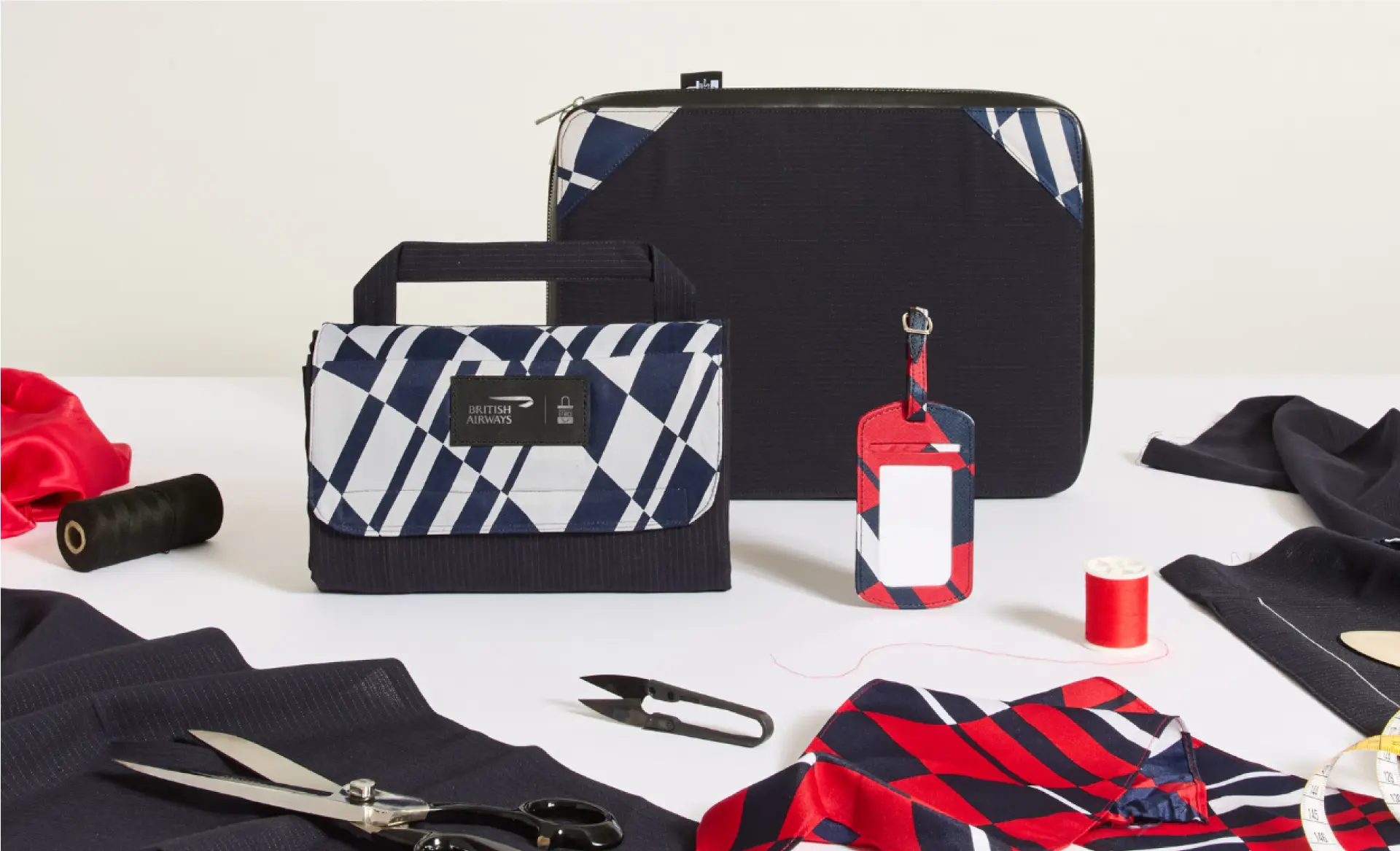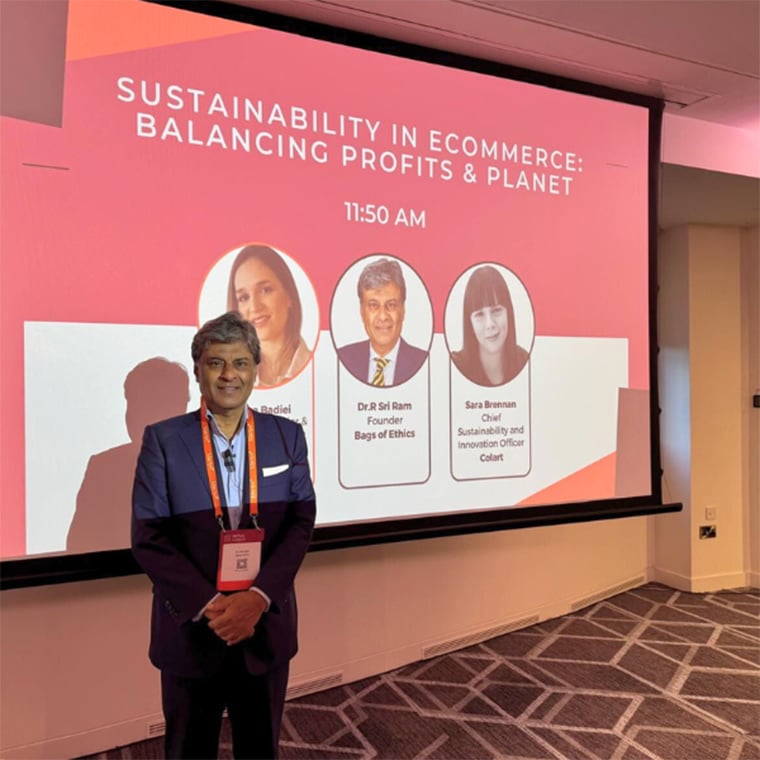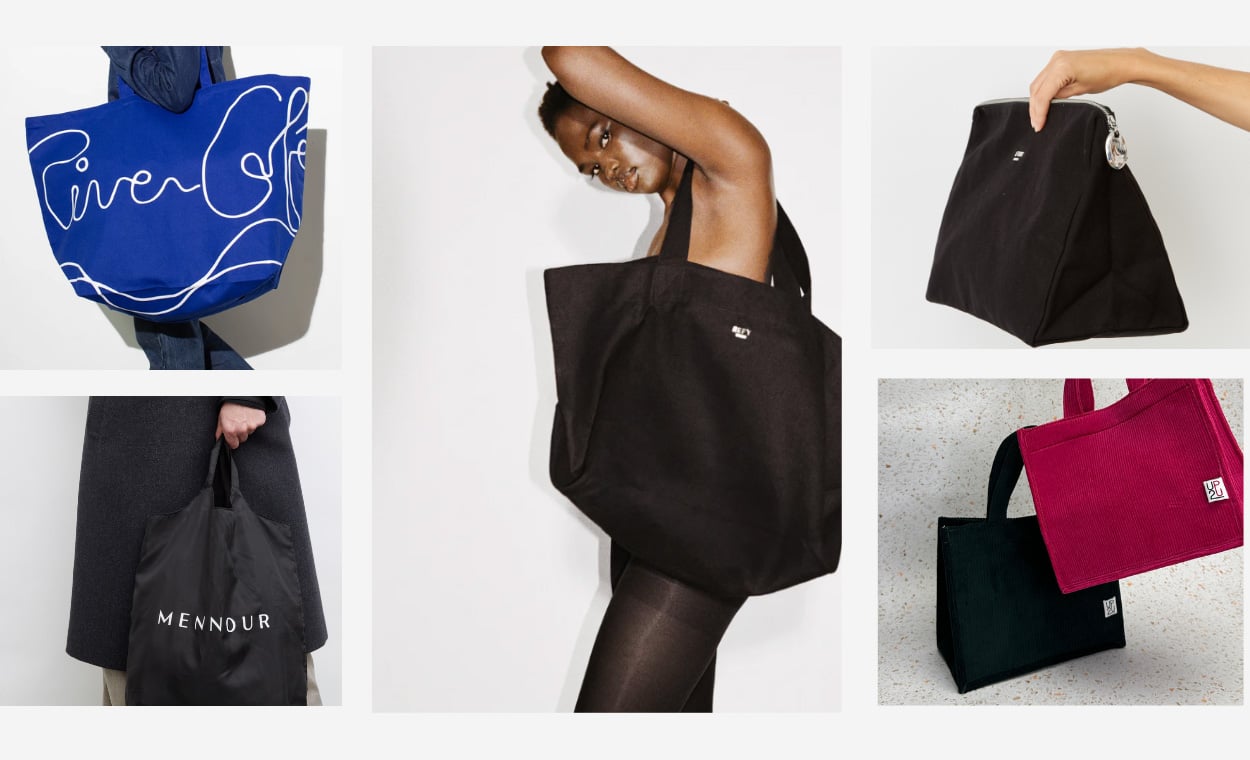In recent years, brands have become increasingly aware of their environmental footprint and the necessity of its reduction. The Fashion industry in particular is the second largest polluting industry with a known problem of overproduction:
Every year, some 100 billion garments are purchased by consumers and 92 million tonnes are discarded. The Ellen MacArthur Foundation has estimated that 73% of those discarded clothes end up either in landfill or are incinerated.
Responding to pressure from public authorities and consumers, fashion brands are investing a lot of resources to control their environmental footprint by using recycled fabrics in both products and packaging and sharing their eco-conscious credentials.
However, the use of recycled materials is a more complicated issue than it might initially appear to be and is far from being the long-term answer that the brands are hoping for.
The complications and limitations of textile recycling
Brands often highlight their green credentials by drawing the attention of the consumer to their products made from recycled textiles.
However, according to a recent study by the Royal Society for the Arts (RSA) these materials are a “vanishingly small” proportion of the total textiles produced for the fashion industry. In fact, the vast majority of recycled textiles are not actually made from old clothes as estimated by the Ellen McArthur Foundation with that less than 1% of recycled textiles go on to make new clothes.
Why not using fabrics recycled from natural fabrics then? This is because the process for recycling clothes is complicated and quite labour intensive.
First, the various fabrics must be sorted into different types. This is very difficult, if not impossible at large scale if a garment is made from more than one type of material or no longer has a label.
Although there is intensive research into methods of recycling mixed material fabrics, it is not yet advanced enough to be put into practice at scale. Technology to identify unlabelled fabrics accurately is similarly not yet advanced enough to be of use at scale.
Once the fabrics are separated, each item of clothing must also be stripped of polyester threads, labels, fastenings such as zips and buttons and decorative embellishments. Once this has been done, the textiles are subjected to either a mechanical or chemical recycling process:
- The mechanical process involves shredding the material to extract the fibres. Some mechanical processes can be wasteful because not all of the fibres can be captured. This process is harsh on the textiles and does not tend to produce results of high enough quality to be reused in clothing unless virgin fabrics are added to them, which would defeat the object somewhat. Without added virgin materials, these textiles can only really be used for other fabric-based items such as mattresses, which cannot be recycled and will either end up in landfill or will be incinerated.
- The chemical process dissolves the fibre from the fabric and breaks it down into its constituent parts including monomers and oligomers. New yarn is created from the fibres. The chemical process is better in terms of the end result, which can produce up to virgin-quality fibres. The chemicals used in the process can also be reused several times
At the end, garment to garment recycling is very expensive and brands such as Zara and H&M are investing, collectively in total, hundreds of millions of dollars into research and development over the next few years for large scale solutions.
What most recycled fabrics are made from and the impact on the circular economy
Recycled materials that are mostly being used in fashion include recycled polyester and rPET (recycled polyethylene tetraphyte), basically a type of plastic.
As a result of the limitations of textile recycling outlined above, almost all recycled fabrics are made from plastic bottles (rPET). The bottles are broken down, melted and reformed into threads which are used to create garments. And this is an issue: while plastic bottles can be recycled into new plastic items several times, a rPET fabric used to produce garments cannot be recycled again and will therefore end its life in landfill creating a pollution for years and years, as a microplastic.
Even worse: researchers from the National Council of Italy have found that the majority of microplastic pollution in Earth’s oceans comes from the washing of clothes in general!
New fibres and textiles, or virgin polymers, are made using oil and gas and thus contribute to the climate crisis. Fast fashion has exacerbated the issue as the amount of fabric created from fossil fuel produced virgin polymers has actually significantly increased and fibre production in general is expected to reach 146 million tonnes per year by 2030.
Although both brands and consumers are aware of the impact of this kind of production on the environment, both groups are very attached to the fast fashion model of increased production -and therefore sales and profits for the brand-and cheap stylish clothes for the consumer. Brands may also be concerned about the potential variable quality of recycled fabrics – especially those created by mechanical recycling methods.
Are virgin polymers the best current option?
The major issue with virgin polymers, as with all plastic based fibres, is their impact on the environment. The requirement to produce them using fossil fuels has already been noted. The disposal of them is equally environmentally unfriendly. Unlike natural fibres, fabrics made from virgin polymers do not biodegrade for hundreds of years, if ever. Therefore, they are currently not the best option.
What are the alternatives?
There are alternatives to virgin polymers and rPET. Some of these are comparatively new, such as biosynthetics made from corn or other plant-based materials. These can be controversial as although they are at least partially bio-based, they are often combined with fossil-fuel derived products and may have as little as 35% bio-based material in them, with almost two thirds of the fibre derived from fossil fuels. These variants are clearly not always a sustainable alternative to virgin polymer-based fabrics or rPET.
Brands could consider other sources of fabric including ethically sourced natural organic fibres such as cotton.
Not buying new clothes at all may also be part of the answer. Brands including Net-A-Porter are beginning to encourage consumers to extend the life of their existing garments by either offering in-store repair services or online instructional videos which enable consumers to fix and renew their own clothes.
What can you and your brand do?
If you are concerned about the environmental impact of your brand’s fabric choices, your best course of action would be to speak to an expert in this area. Here at Supreme Creations, we have more than 20 years of experience in ethical and sustainable textile manufacturing and would be happy to advise you on your next steps.
Why using Recycled Materials is not the always solution it appears to be
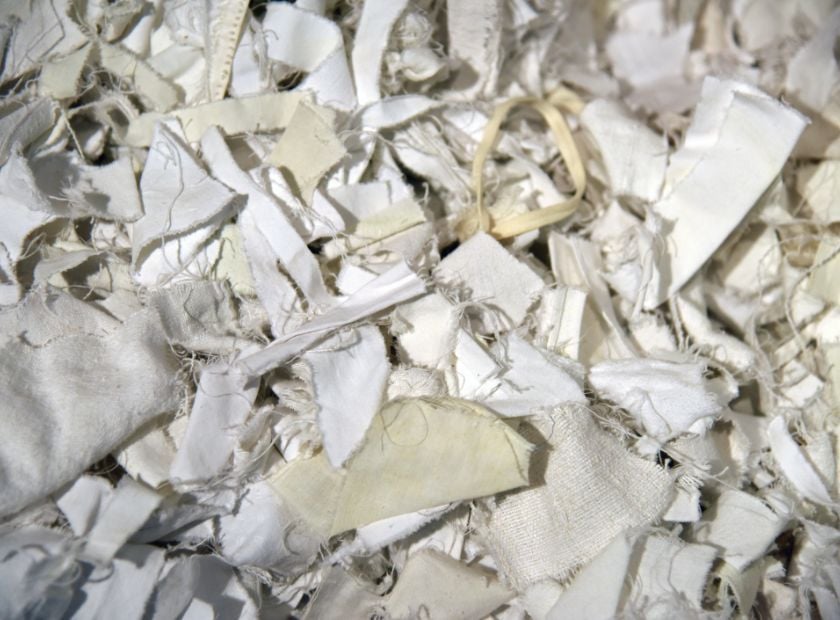
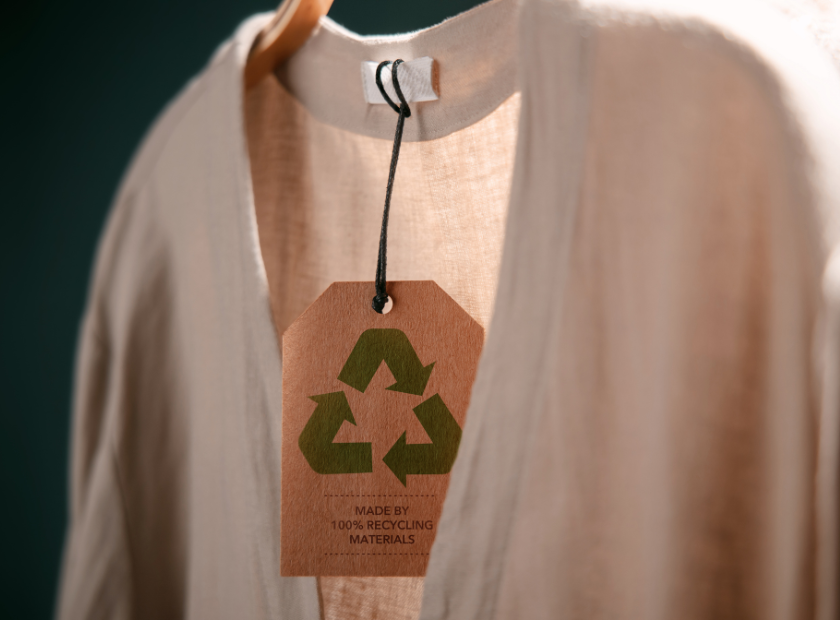
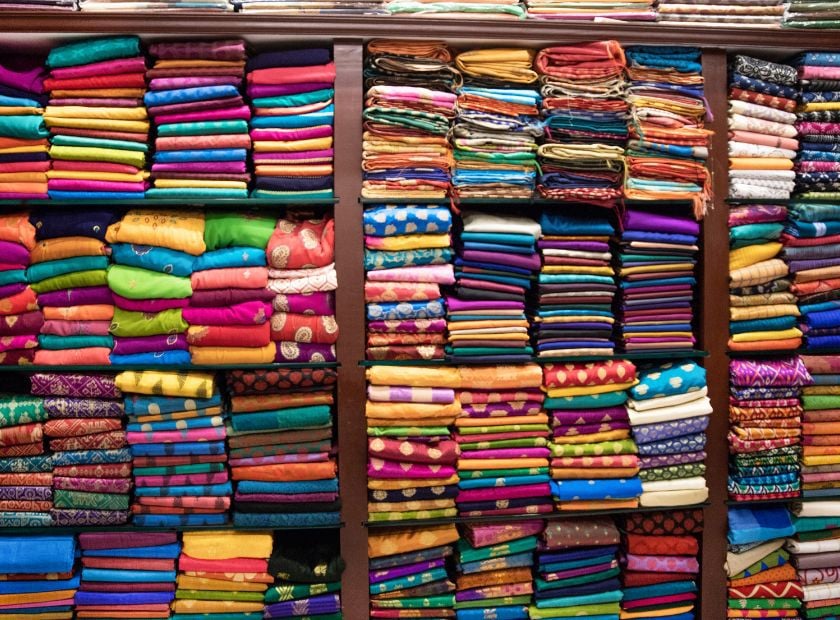
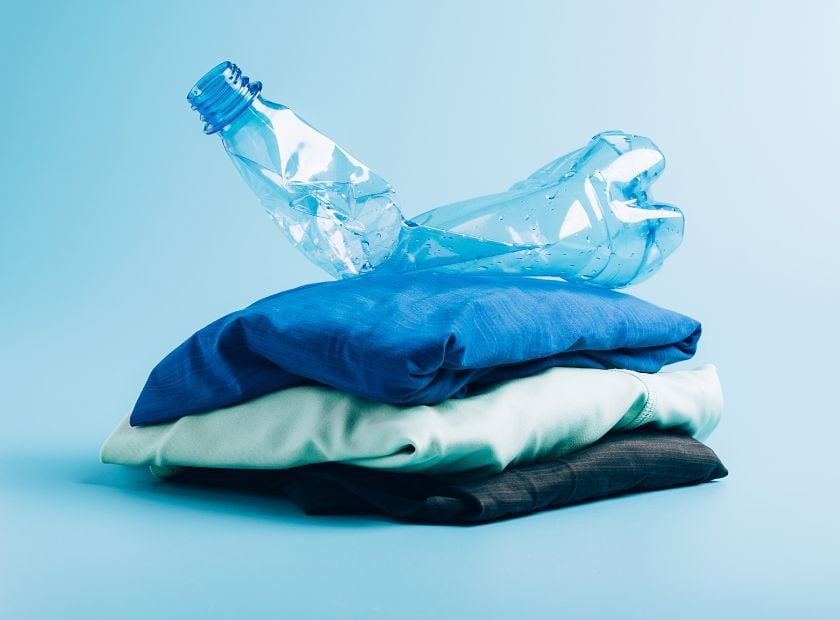








 France
France
 Germany
Germany
 Italy
Italy
 Spain
Spain
 United States
United States
 India
India
